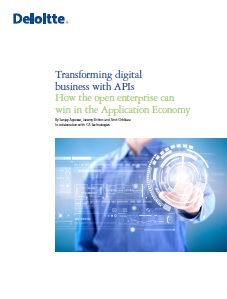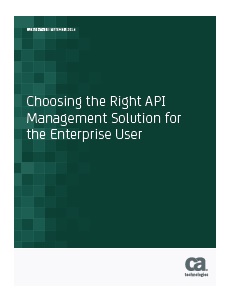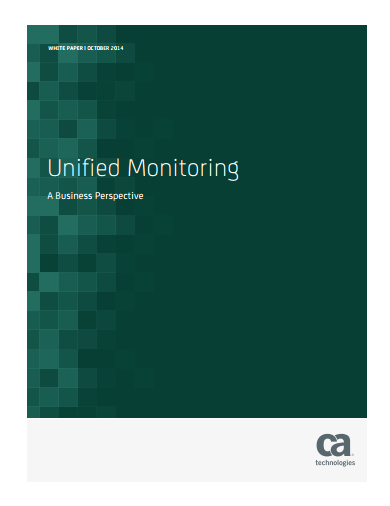A Winning API Strategy: Developing Secure Mobile Apps with a UX that Delights Customers
The mobile app has become “the” strategic initiative for all digital organizations attempting to drive business forward. “By 2017, mobile apps will be downloaded more than 268 billion times, generating revenue of more than $77 billion — making apps one of the most popular computing tools for users across the globe.”1 The app has become









